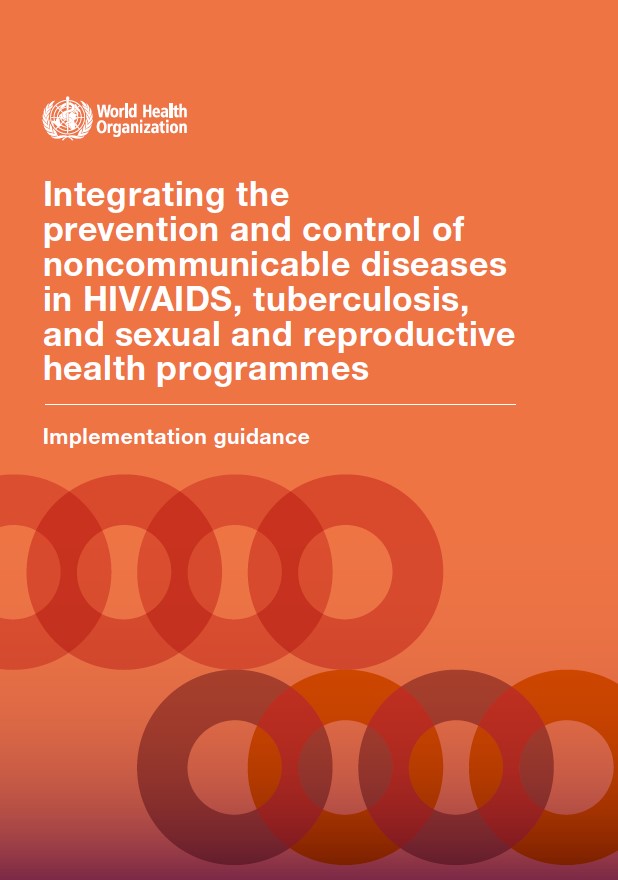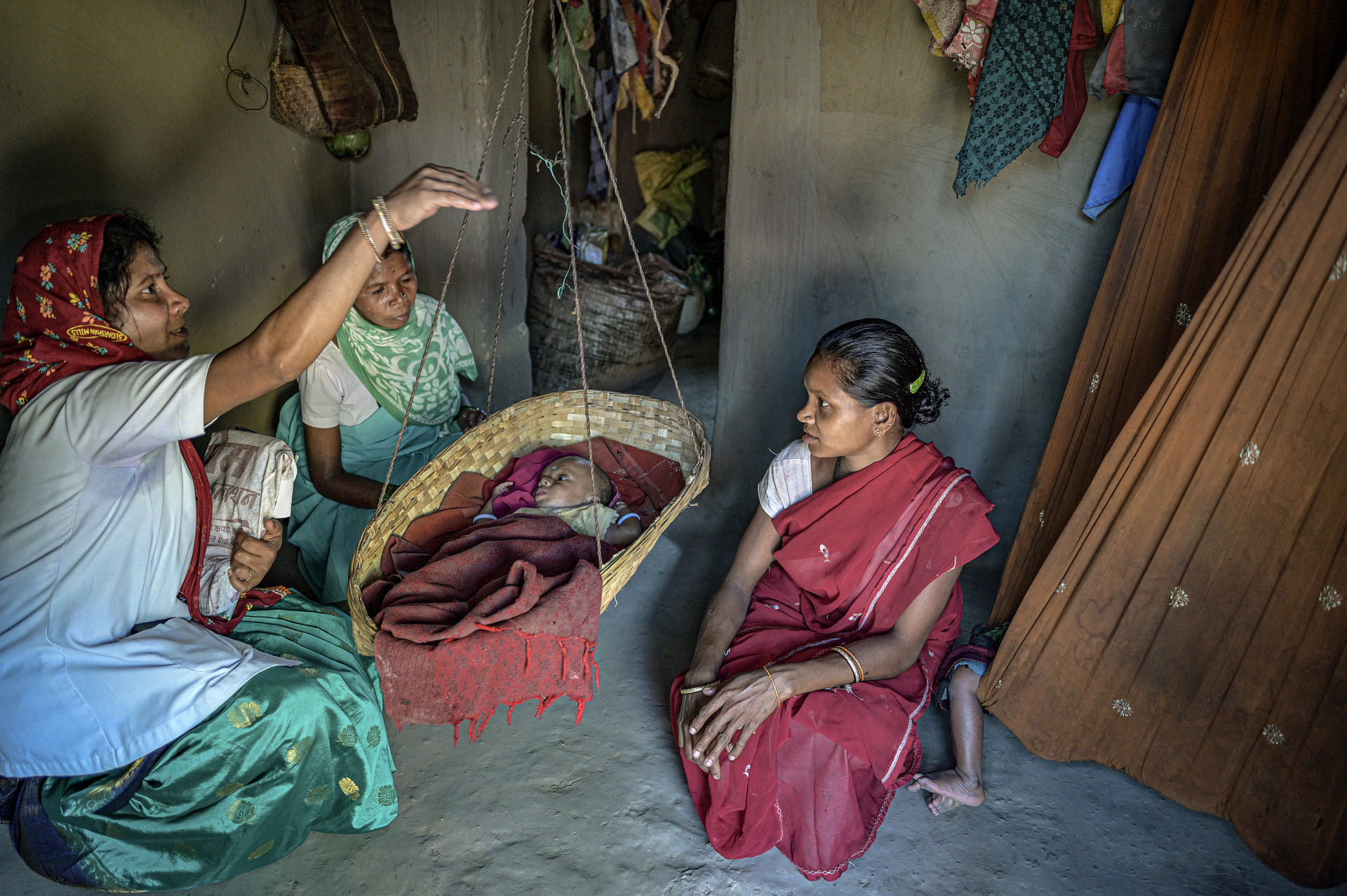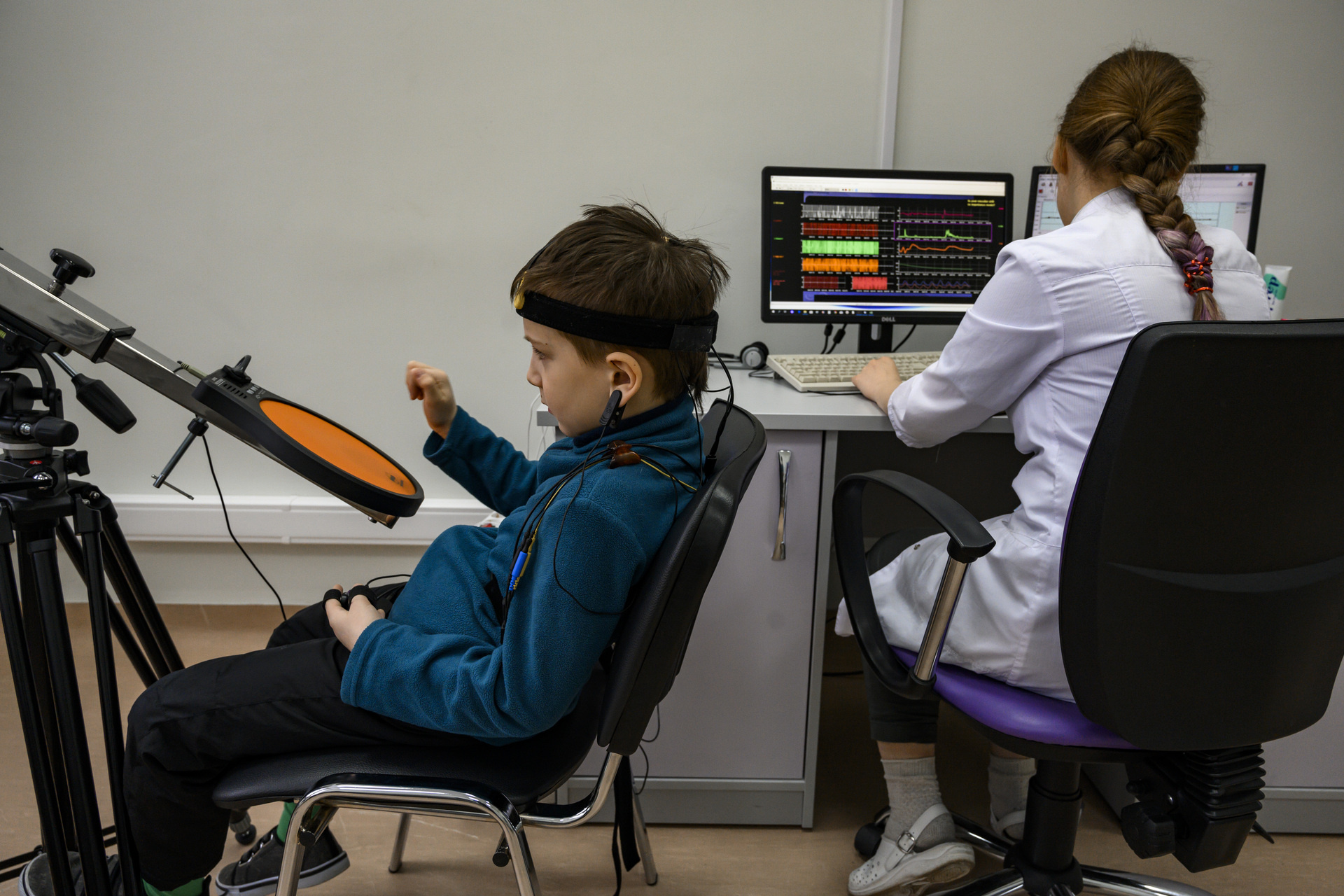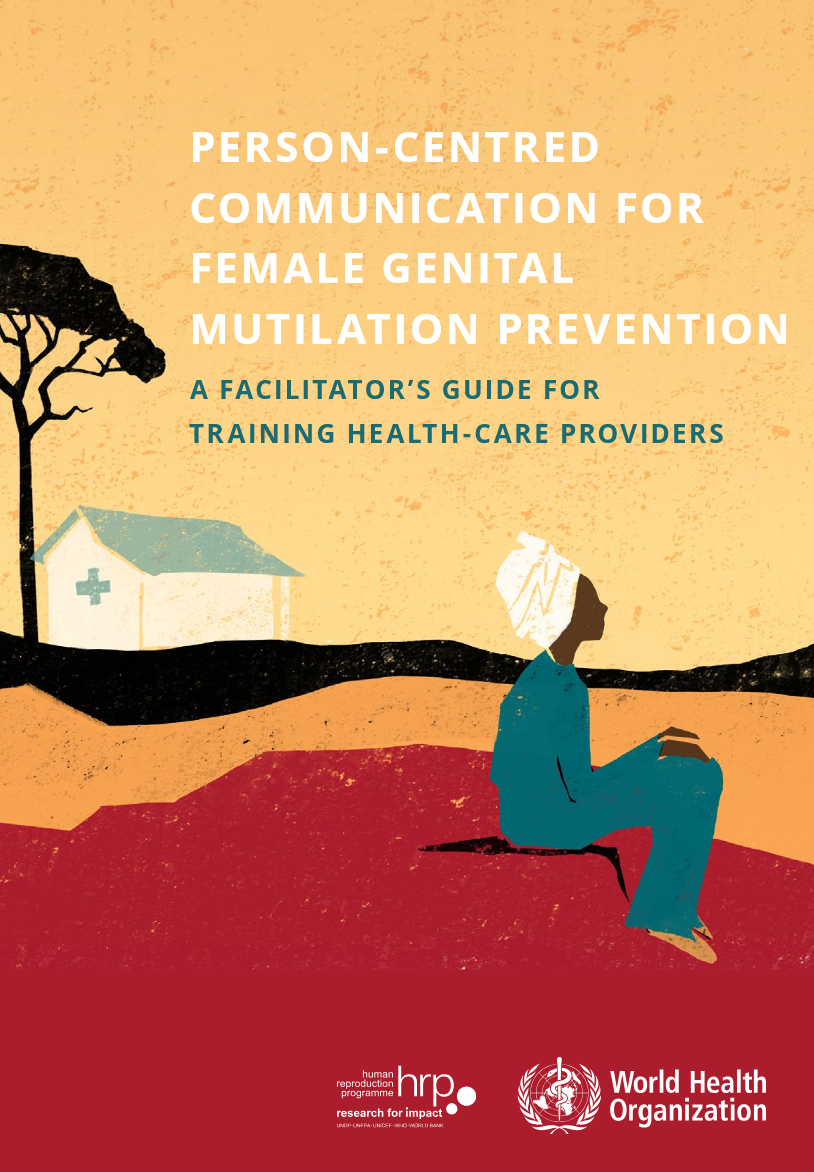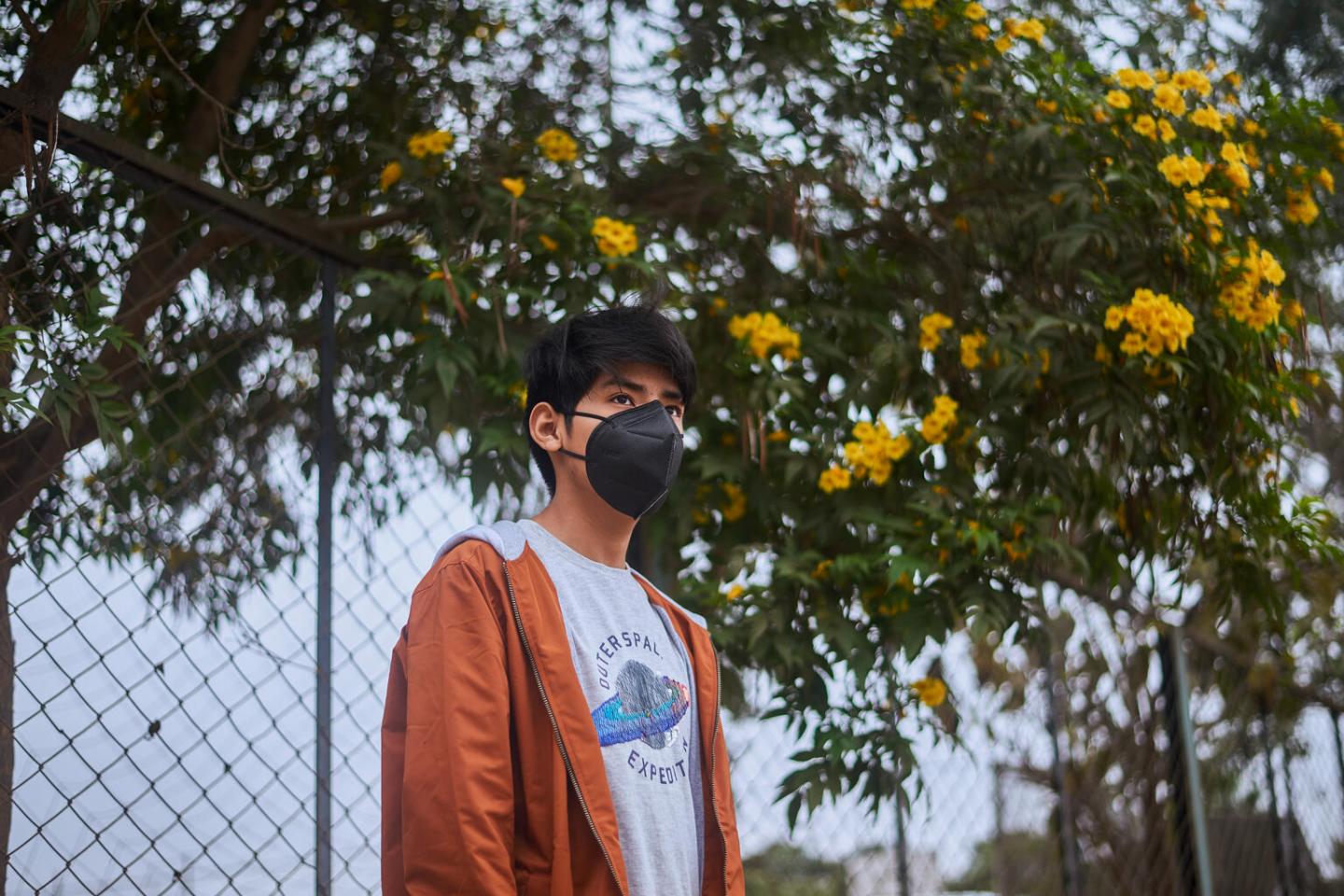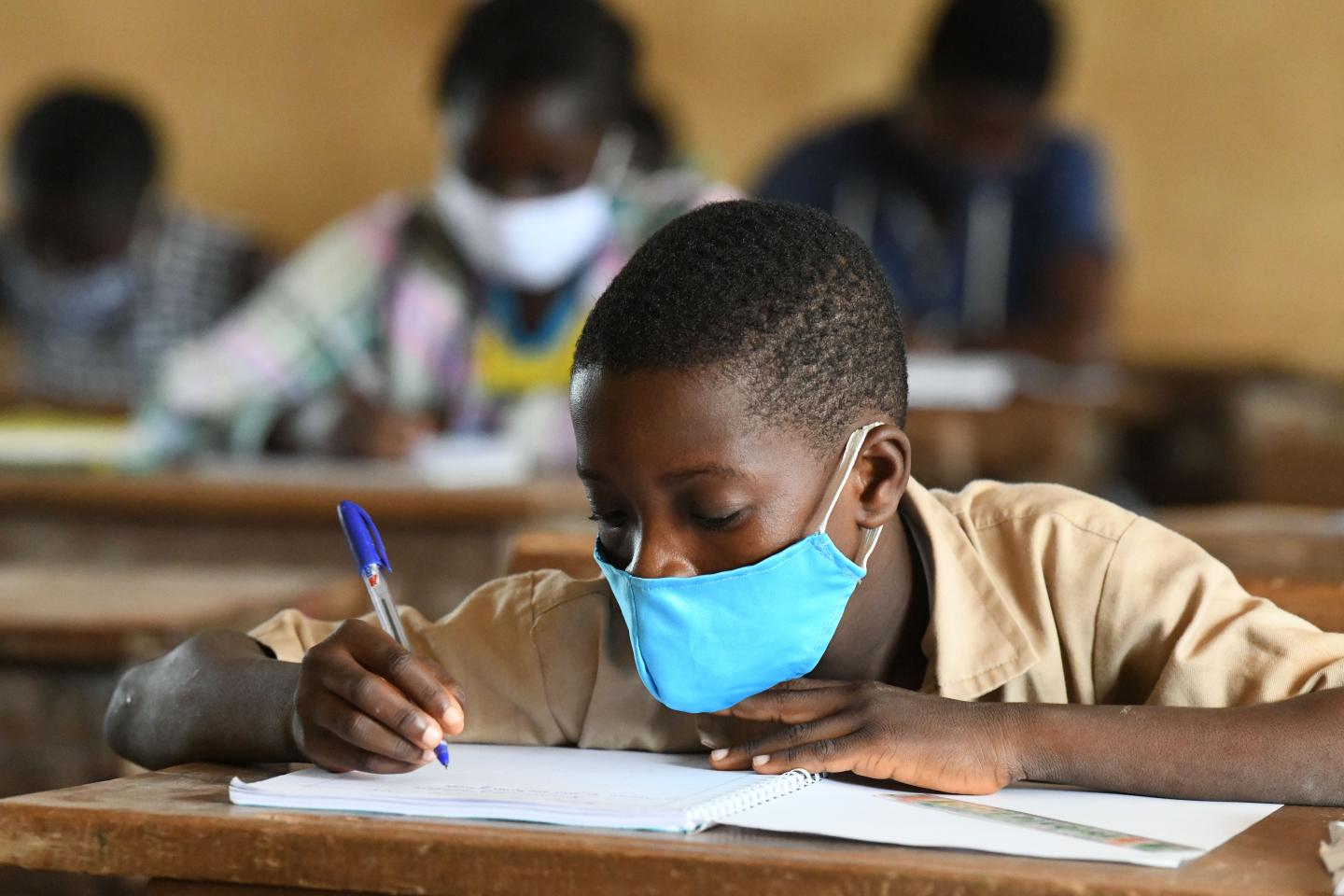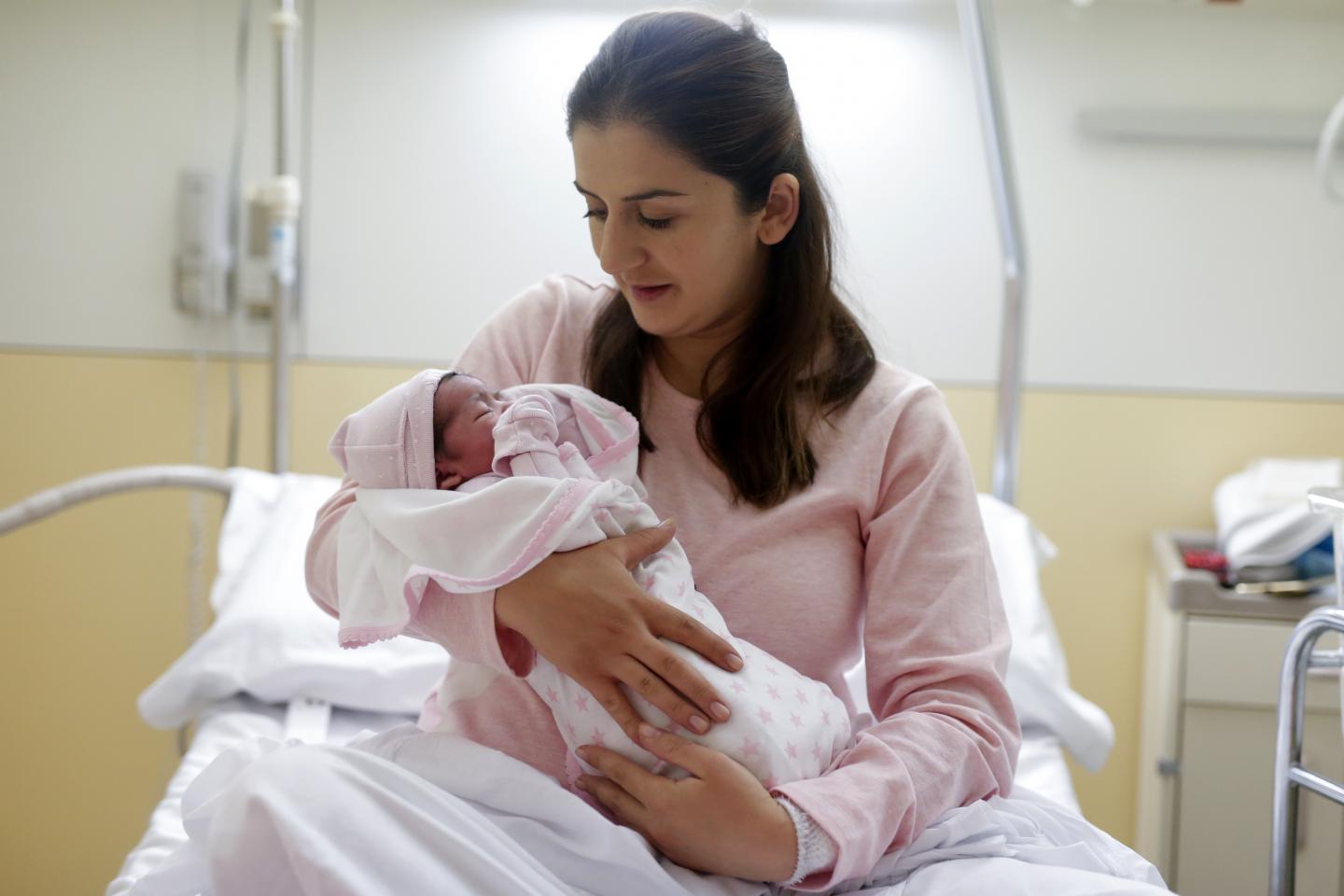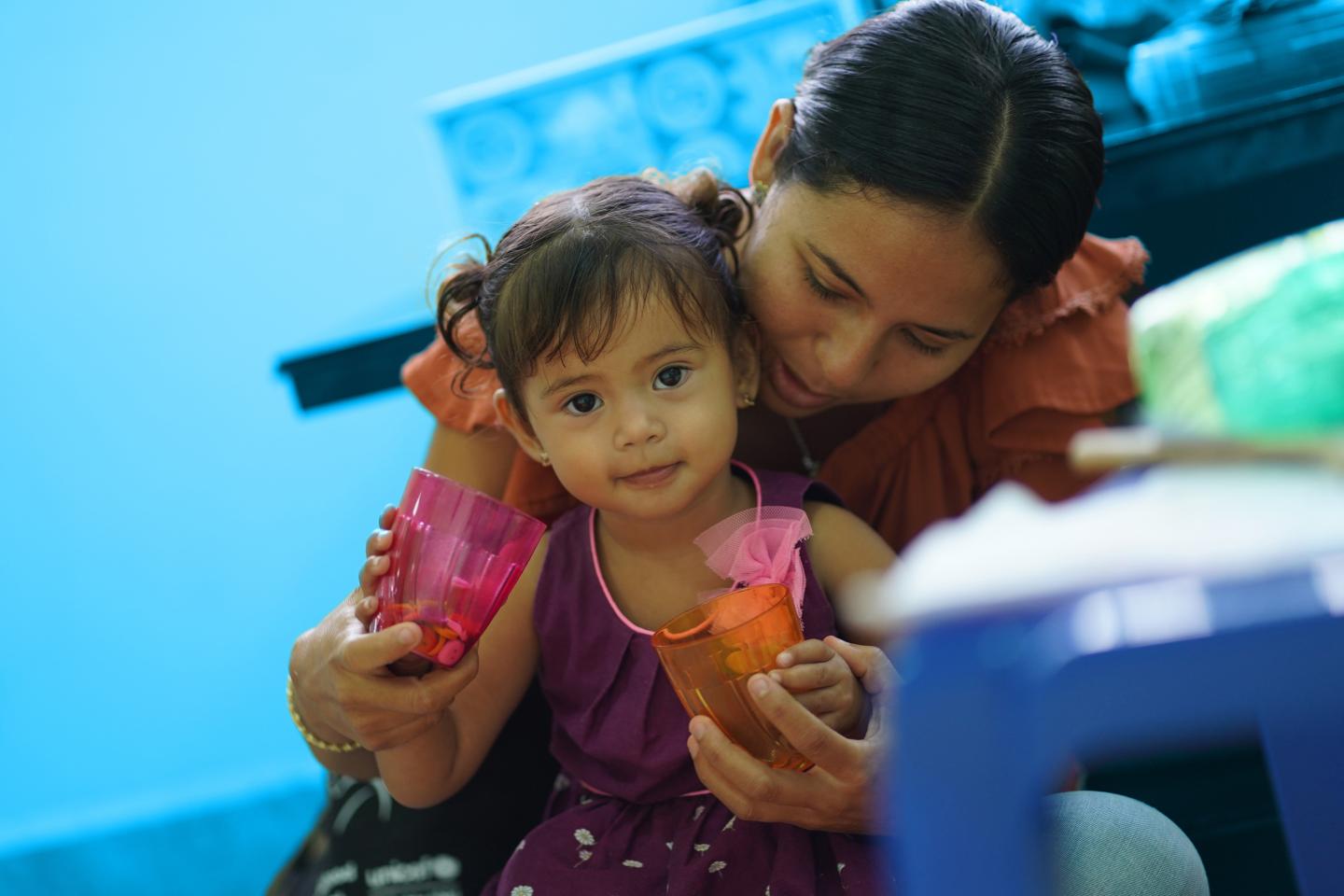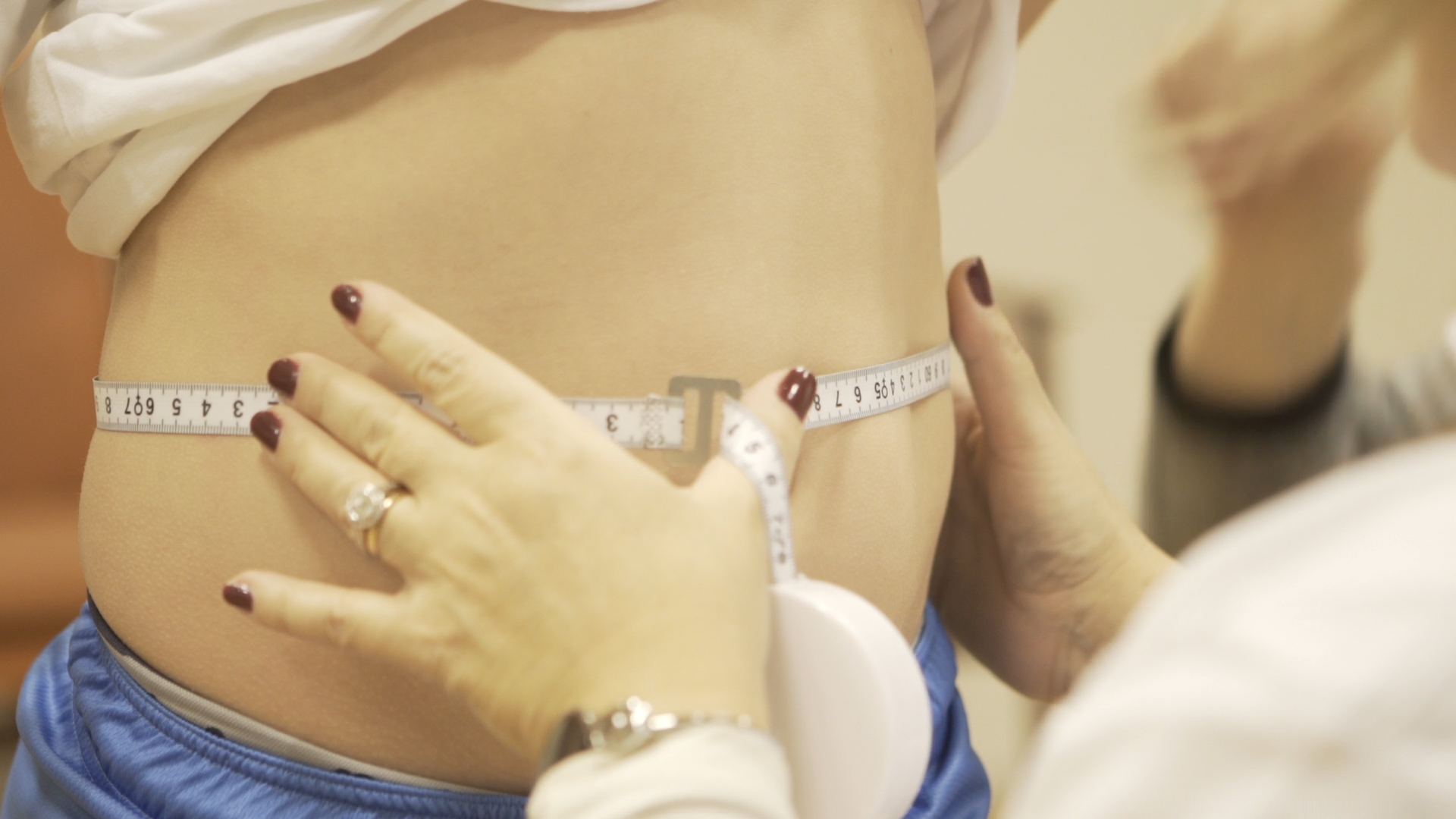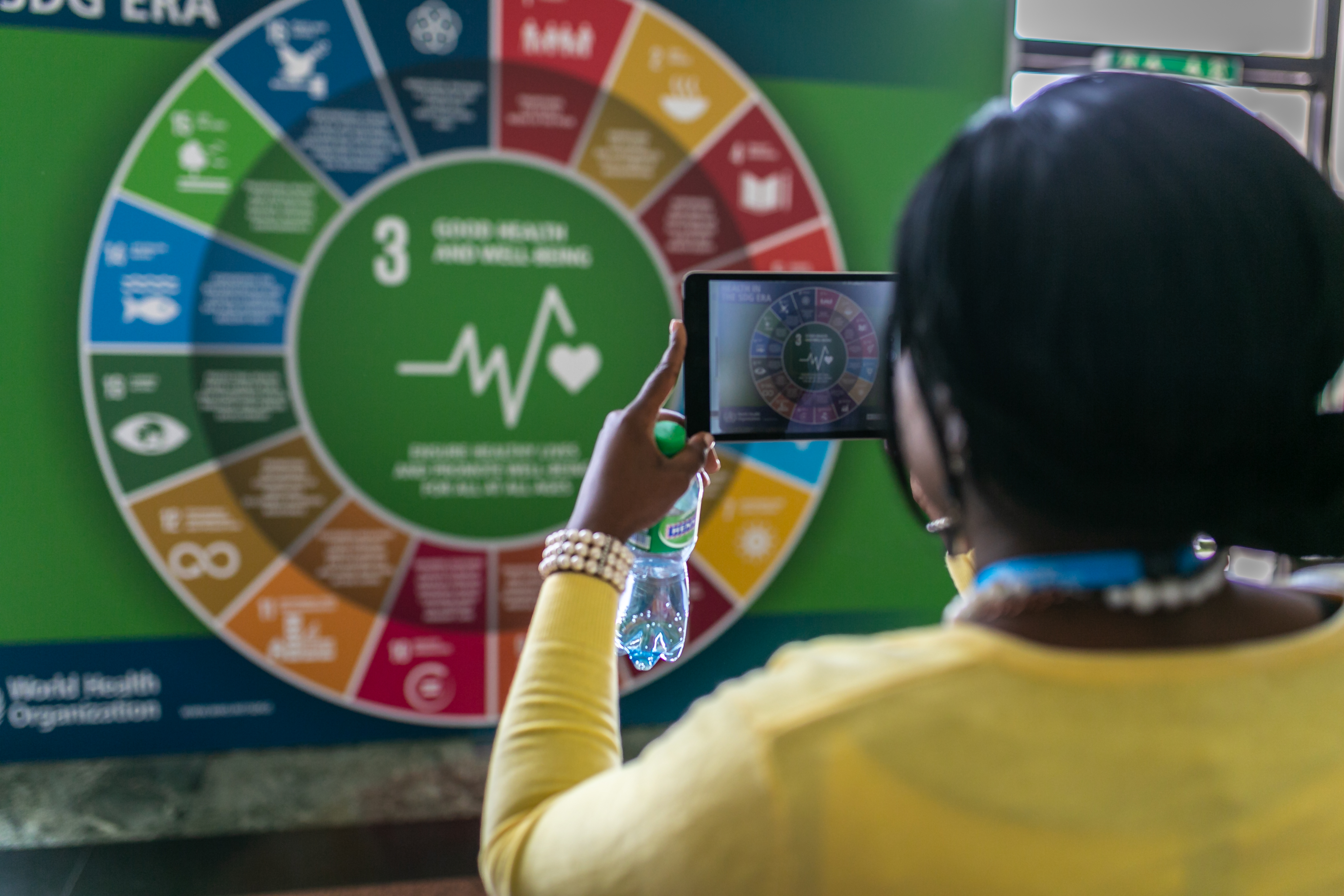NCD Child, Elsevier - Journal of Adolescent Health
Young Adults' Hopes Regarding Noncommunicable Disease (NCD) Prevention and Management After the SARS-CoV-2 Virus Pandemic: Reflections From the NCD Child #YouthCOVIDCHAT Campaign
Publication
22 Sep 2023
Purpose The SARS-CoV-2 virus pandemic has left a massive global death toll in its wake. Associated restrictions, precautions and lockdowns have disrupted daily routines, which has been associated with social isolation and major...


